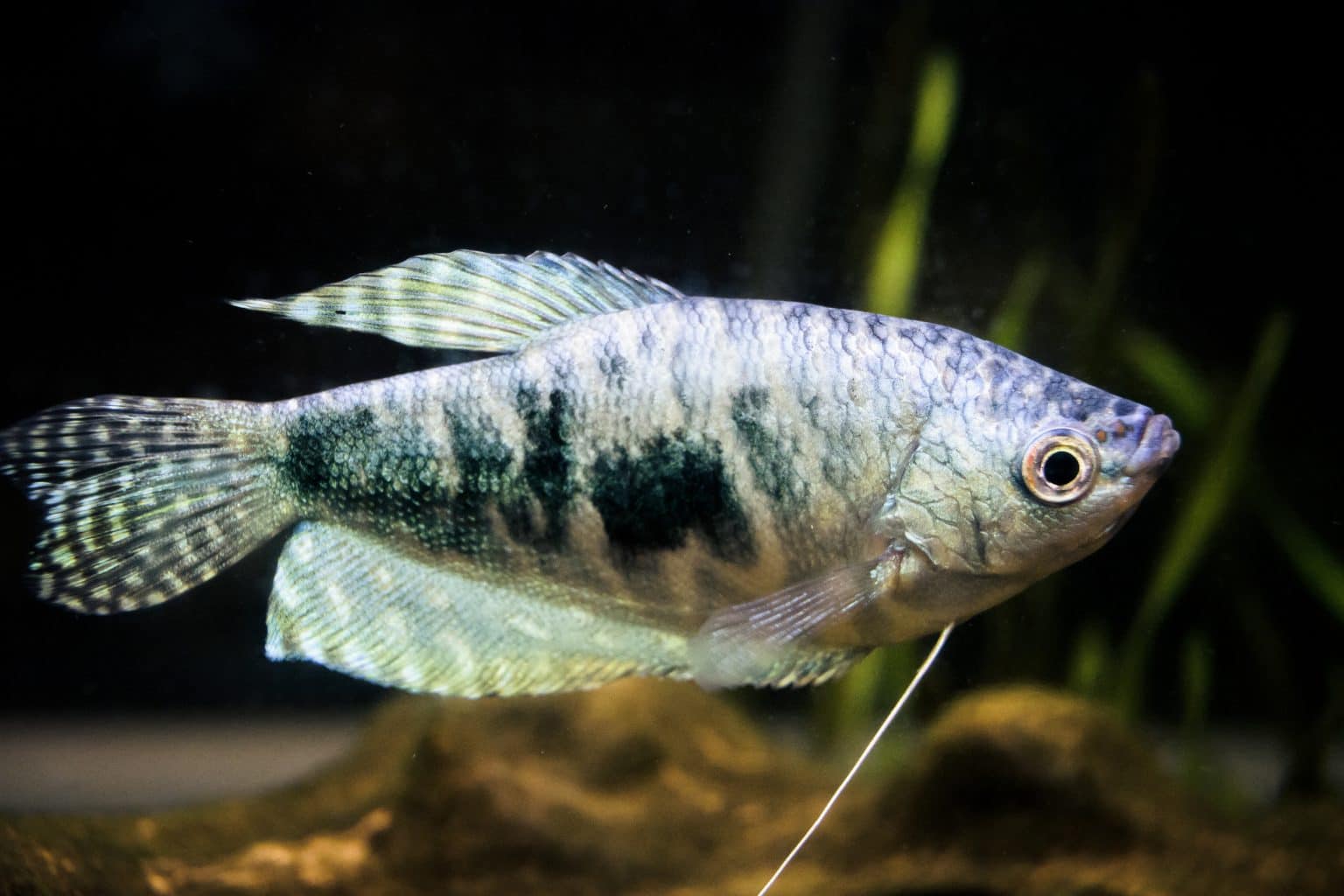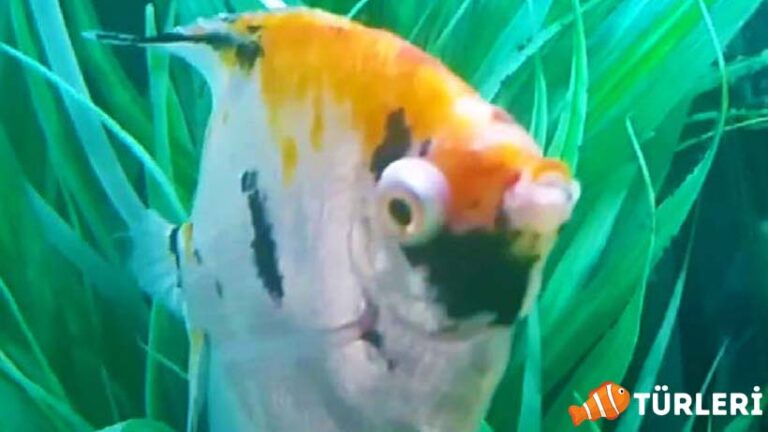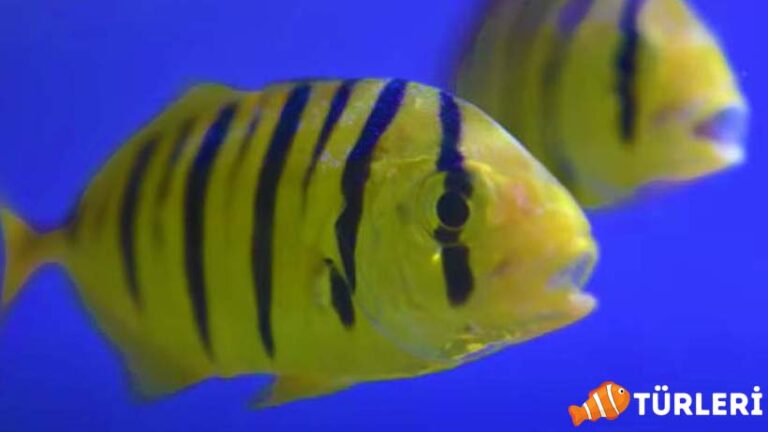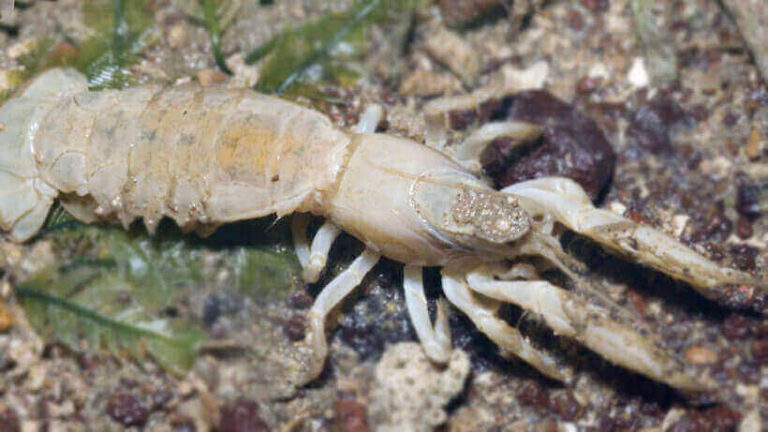Opaline Gourami
Dive into the mesmerizing world of the Opaline Gourami, a gem of the aquarium hobby. Revered for its unique colors and compelling behavior, this freshwater wonder is more than just a pretty face. Whether you’re an aquarist eager to add a new member to your tank or just a marine enthusiast, let’s delve into the essentials of this captivating species.
Species Summary:
| Scientific Name: | Trichopodus trichopterus |
| Origin: | South East Asia |
| Diet: | Omnivore (accepts both plant-based and meaty foods) |
| Behavior: | Generally peaceful but can be territorial |
| Behavior Towards Their Own Species: | Can show aggression, especially in limited space |
| Swimming Zone: | Top to middle layers |
| Water Temperature: | 72°F – 82°F (22°C – 28°C) |
| Water Hardness: | 5 – 20 dGH |
| pH Level: | 6.0 – 8.0 |
| Minimum Aquarium Volume: | 20 gallons (for a pair) |
| Adult Size: | Up to 6 inches (15 cm) |
| Reproduction: | Bubble nest builder |
| Lifespan: | 4 – 6 years, with proper care |
| Care: | Intermediate (Regular water changes, varied diet, and monitoring for aggression) |
Appearance and Size
Often likened to a moving canvas of the underwater world, the Opaline Gourami boasts a blend of opalescent blues and greens, giving it a distinctive and eye-catching appearance. This coloration is punctuated with faint bands running vertically across its body. Their bodies are relatively elongated and compressed, and when viewed from the side, they have a typical Gourami profile with a pointed dorsal and a rounded anal fin. The dorsal fin runs almost the length of the body, starting near the head and tapering to a point near the tail, while their pelvic fins are thread-like and function as tactile organs.
Mature males generally exhibit brighter colors and a pointed dorsal fin, while females tend to have a rounded dorsal fin and display slightly muted tones. As for size, the Opaline Gourami can grow quite substantial for an aquarium fish. On average, they reach lengths of up to 6 inches (15 cm), but there are instances where, in larger and well-maintained tanks, some individuals might slightly exceed this size. For hobbyists considering this species, it’s important to plan the tank size and companions accordingly to accommodate their full-grown stature while ensuring a harmonious underwater environment.
Lifespan
The lifespan of an aquatic creature often hinges on a blend of genetics, environment, and care, and the Opaline Gourami is no exception to this rule. In the wild, various factors like predators, disease, and habitat degradation can impact how long these fish live. However, in a controlled environment like a home aquarium, where many of these threats are minimized or eliminated, an Opaline Gourami can enjoy a relatively long life.
On average, with proper care, these fish can thrive for 4 to 6 years. Some well-maintained specimens have even been known to surpass this range. Key factors that can influence their longevity include a well-balanced diet, clean water, appropriate tank mates, and regular health checks. It’s noteworthy to mention that the quality of life, not just the length, is pivotal. Stressful conditions, such as constant aggression from tank mates or poor water quality, can not only reduce their lifespan but also affect their overall well-being and vibrancy.
To maximize their lifespan, it’s recommended that aquarists invest time in understanding the specific needs of the Opaline Gourami. Regular water changes, a diet rich in both plant and animal matter, and a spacious environment free from persistent stressors can make all the difference in ensuring that these beautiful fish live out their full potential in both longevity and vibrancy.
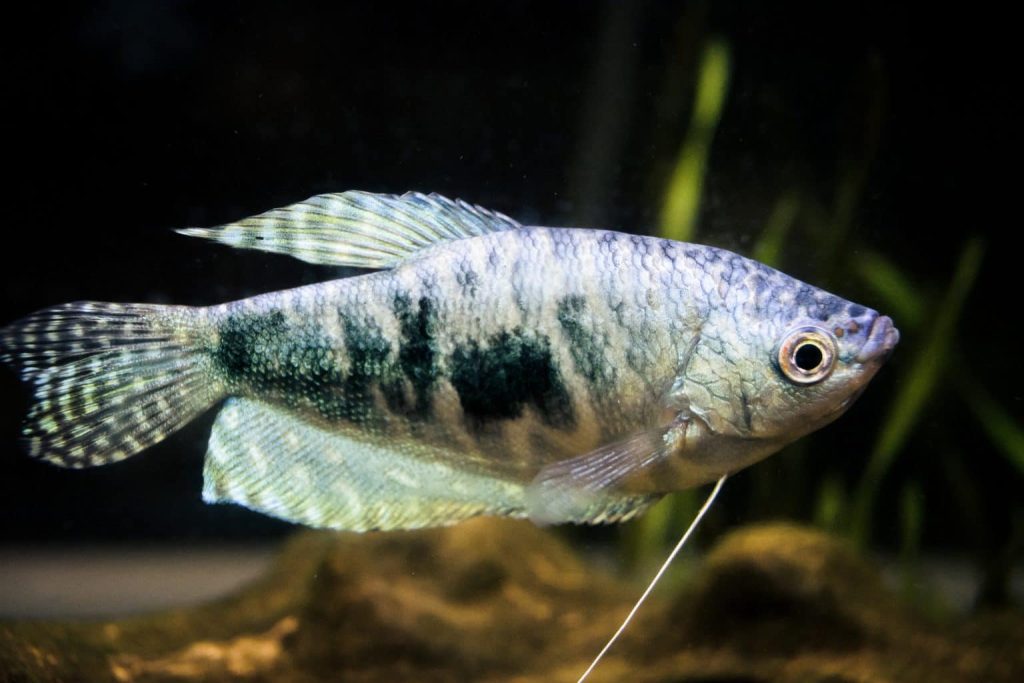
Diet
Being omnivorous by nature, the Opaline Gourami exhibits a broad palate, readily accepting a mix of both plant-based and animal matter. Their dietary flexibility allows them to thrive in various conditions and is a testament to their adaptability. A balanced diet is crucial for maintaining their vibrant colors, promoting health, and ensuring active behavior.
In an aquarium setting, high-quality flake food or pellets can form the base of their diet. These commercial foods are designed to be nutritionally balanced and can be supplemented with live or frozen foods for variety and additional protein. Foods such as brine shrimp, daphnia, bloodworms, and tubifex worms are relished by Opaline Gouramis and can be offered as treats or periodic supplements. On the plant side of their diet, they might nibble on soft aquatic plants or algae, so providing blanched vegetables like zucchini, spinach, or peas can be an excellent way to add necessary fiber and minerals.
It’s important to ensure that the food offered is appropriately sized, considering the mouth size of the Gourami. Overfeeding should be avoided, as it can not only lead to obesity but also pollute the tank water. A general guideline is to provide food they can consume in 2-3 minutes, and feeding once or twice a day should suffice for most adult Opaline Gouramis.
Water Parameters
Opaline Gouramis, like many other freshwater species, require specific water conditions to truly flourish in an aquarium setting. Ensuring the correct parameters is not just about aesthetics or keeping the fish alive; it’s about replicating, as closely as possible, the natural environment in which these fish thrive, thereby promoting optimal health and behavior.
Temperature is a paramount concern. These tropical fish are most comfortable in waters ranging from 72°F to 82°F (22°C to 28°C). Consistency in temperature is essential, so using a reliable aquarium heater and thermometer will help in maintaining this range and preventing sudden fluctuations, which can be stressful for the fish. When it comes to water hardness, Opaline Gouramis are quite adaptable, but a range of 5 to 20 dGH is ideal. They also tolerate a pH range of 6.0 to 8.0, showcasing their adaptability, but it’s always beneficial to aim for stability rather than letting these values swing.
Regular water testing is invaluable for the proactive aquarist. Ensuring that ammonia, nitrites, and nitrates are kept in check will help in maintaining a healthy environment. Regular water changes, typically around 20-25% weekly or biweekly, depending on the tank’s bioload, will aid in keeping water parameters stable and providing the Opaline Gouramis with the pristine conditions they deserve.
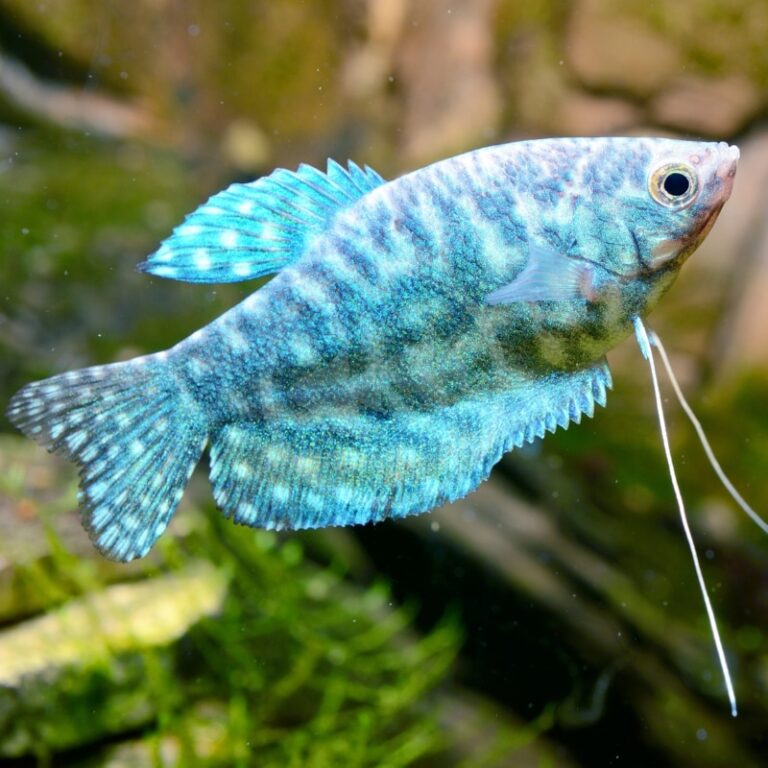
Tank Setup
Crafting the perfect home for Opaline Gouramis entails more than just filling a tank with water. It’s about recreating their natural habitat, ensuring their safety, and providing an environment that encourages natural behavior. A well-thought-out tank setup not only benefits the fish but also makes for a visually stunning display for aquarists and viewers alike.
Starting with the tank size, for a pair of Opaline Gouramis, a minimum of 20 gallons is recommended. However, if you plan on keeping them in a community setting or having more than a pair, opting for a larger tank is wise. Being top to mid-dwellers, they appreciate tanks that are longer rather than taller. Given their occasional territorial tendencies, especially among males, the addition of plants, driftwood, and decorations can help break lines of sight and provide refuge. Floating plants can be especially appreciated, as they mimic the shaded environments of their natural habitats and offer an area for males to build bubble nests during breeding.
The substrate choice can vary based on personal preference, but softer substrates like sand or fine gravel are often chosen, mainly if live plants are part of the setup. A gentle filtration system that doesn’t produce overly strong currents is ideal since Opaline Gouramis hail from relatively calm waters. Remember, a well-set tank will not only meet the fish’s needs but also provide a captivating aquatic showcase for everyone to enjoy.
Behavior and Tankmates
The Opaline Gourami, with its shimmering colors and striking appearance, also has distinct behavioral traits that any aquarist should be well-acquainted with. Generally peaceful, these fish can, at times, display territorial tendencies, especially among males of their species. This behavior is more pronounced during breeding periods when males stake out territory and defend their bubble nests. However, even outside of breeding, it’s not uncommon for them to establish a favored spot in the tank and guard it against perceived intruders.
Despite these territorial tendencies, Opaline Gouramis can coexist harmoniously in a community tank setting, provided they’re paired with suitable tankmates. The best companions are those that are not overly aggressive or too small to become potential prey. Species such as tetras, rasboras, mollies, platies, and some types of barbs can make excellent co-inhabitants. Bottom dwellers like corydoras and certain species of loaches can also share a tank with Opaline Gouramis without much concern, as they typically occupy different swimming zones.
However, it’s advisable to avoid housing them with fin-nipping species or other larger, more aggressive cichlids and gouramis. Given the delicate, thread-like pelvic fins of the Opaline Gourami, fin nippers could cause harm and stress. As always, when introducing any new species to a tank, monitor interactions closely to ensure a peaceful coexistence.

Breeding
The breeding process of the Opaline Gourami is a captivating spectacle that showcases the dedicated parental roles, especially of the male. Being bubble nest builders, male Opaline Gouramis create a floating nest using bubbles they produce from their mouths. These nests, often built among floating plants or in sheltered tank corners, are a secure place for the eggs and subsequently, the fry.
To encourage breeding, it’s often beneficial to provide a separate breeding tank with slightly warmer water, around the higher end of their comfortable temperature range (close to 82°F or 28°C). A shallow water level, about 6 to 8 inches, combined with floating plants, will give the male an ideal setting for bubble nest construction. Once the nest is built, the male will court a female, and upon successful mating, the female will release her eggs. The male promptly fertilizes them and gathers them into the bubble nest. Post-spawning, it’s common for the male to become more territorial, guarding the nest and even driving the female away. At this point, removing the female can ensure her safety.
Eggs typically hatch within 24-48 hours, depending on the temperature. The male will continue guarding the fry until they are free-swimming, which takes about 3 days. Once this happens, removing the male will prevent potential predation, and the fry can be fed infusoria or specially designed fry foods until they grow large enough to accept more substantial fare.
FAQs
How can I tell the difference between male and female Opaline Gouramis?
Mature males tend to have brighter colors and a pointed dorsal fin, whereas females usually have a more rounded dorsal fin and slightly muted tones. Observing their behavior, especially during breeding season, can also offer clues. Males are the ones building bubble nests and guarding them.
Are Opaline Gouramis picky eaters?
Not at all! They’re omnivorous and have a diverse palate, happily accepting both plant-based foods and animal matter. A mix of high-quality flake food, pellets, live, or frozen treats, and occasional veggies will keep them content and healthy.
Can I keep multiple Opaline Gouramis together?
You can, but be mindful of their interactions. While females are relatively peaceful, males can become territorial, especially during breeding. If you’re planning on having multiple males, a spacious tank with ample hiding spots can help mitigate potential disputes.
I’ve heard Gouramis “talk.” Do Opaline Gouramis make noises?
Yes! Gouramis, including the Opaline variety, can produce a croaking or clicking sound, especially during mating displays or territorial disputes. This “talking” is one of the unique traits of the Gourami family.
What kind of environment do Opaline Gouramis prefer in an aquarium?
Opaline Gouramis love a tank that mimics their natural habitat. Think soft substrates, a mix of floating and rooted plants, and calm waters. A longer tank is preferable over a taller one since they’re mostly top to mid-dwellers. Make sure there are hiding spots, which can be achieved with decorations, driftwood, or densely planted areas, especially if you have more than one male, as they can be territorial.

